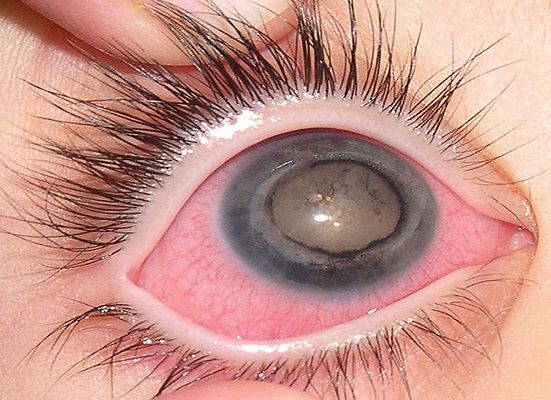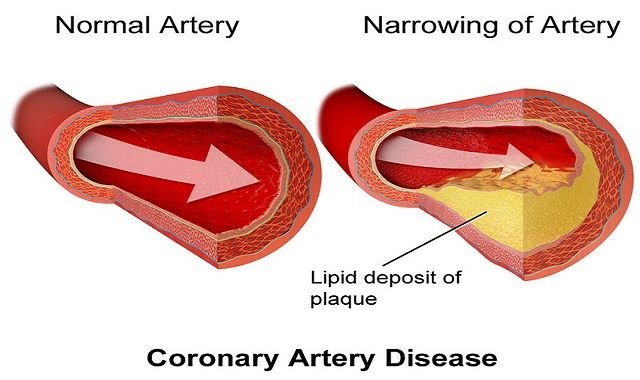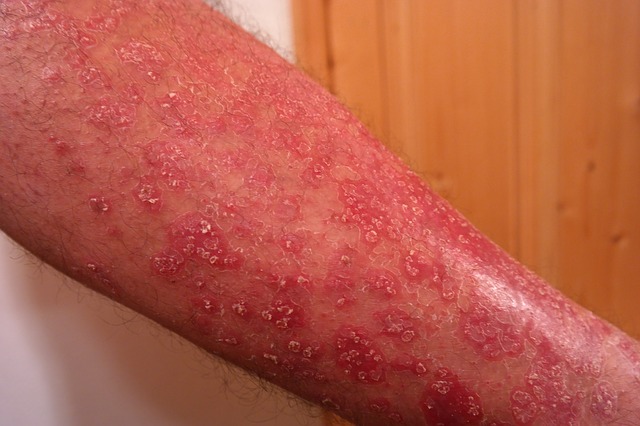Health is wealth
There is no doubt that the above saying is a truism. The term 'health' can be defined in varieties of ways but according to the World Health Organization, it is defined as:
A state of complete physical, mental and social well-being.
The definition entailed three dimensions; physical, mental and social. Hence, poor or ill-health may not necessarily relate to any disease and the term 'disease' is actually more tedious to define than health.
One plausible definition of disease is to term it bodily disorder or a disordered state of an organ or organism. This particular definition may be suitable when describing a person with HIV/AIDs, a liver affected by alcohol or a lung with a tumour but might not be suitable to for someone with a broken arm. Even though the arm is in a disordered state, it would not pass as a disease. Disease can best be understood from the point of view of its classification.

One way of classifying disease is to check whether the disease is caused by living organisms or otherwise. These living organisms are collectively called pathogens and they include viruses, fungi, bacteria, protozoas, platyhelminthes and nematodes. They live as parasites in or on the human body and interfere with its normal functioning. Diseases caused by pathogens such as fungi, bacteria and virus are generally referred to as infectious or communicable diseases while those caused protozoas are referred to as parasitic diseases. Collectively, both diseases are called pathogenic diseases simply because they are caused by pathogens.
Some diseases are human-induced or self-inflicted in that they are brought by humans upon themselves, either individually or collectively as society. They are sometimes referred to as social diseases. Several of these diseases are associated with modern industrialized societies or what is generally termed 'modern lifestyles'. Example of such disease include coronary heart disease, alcoholism, drug abuse, lung cancer and pollution related disorders which could include brain damage from lead or mercury poisoning and some cases of asthma and cancer.

A lot of diseases are related to the absence of certain nutrients in the diet. They are most often termed deficiency diseases and may be due to the absence or inadequate presence of the main food groups such as proteins which could result in kwashiorkor and marasmus. The absence of specific vitamins may also result in a number of diseases such as pellagra which is caused by inadequacy of vitamin B1, scurvy which is caused by inadequacy of vitamin C and rickets which is as a result of inadequacy of vitamin D. Deficiency of minerals in diets may also result in disease such as calcium and phosphate deficiency which can cause rickets or lack of iodine which can result in thyroid goitre.
Some diseases are associated with genetic and birth (congenital) disorders. These disorders are raising concerns in the medical world and society in general. Examples of such genetic disorder include cystic fibrosis, Huntington's disease, Down's syndrome and Turner's syndrome. They are mostly transmitted from parents to offspring due to the presence or absence of one or more inherited genes. However, advances in medical science now ensure that many children who would naturally have died in infancy from such disease in the past are now surviving and living to adulthood. Consequently, the society becomes responsible for providing the means whereby adults with mental or physical handicaps can leave a fulfilling life.

A number of diseases are associated with ageing and degeneration of body tissues. For example, weakening of eye muscles causes long-sightedness or what is scientifically known as hypermetropia in many older people while diseases of the circulatory system such as hardening of the arteries (atherosclerosis) result from ageing. Arthritis is also quite common among aged folks and it is caused by ageing of joints and bone tissues.
Mental illness is also a category of disease which covers a wide category of disorders such as schizophrenia, senile dementia and depression. Certain drugs have been developed that control or reduce the various forms of mental illness. Hence, treatment has changed dramatically during the twentieth century from life-long confinement of victims into lunatic asylum to caring for them within the community.
As a matter of fact, there are no rigid boundaries between the various categories of diseases. For example, many diseases involve genetic predisposition and therefore overlap between genetic/congenital disorders, human induced or self-inflicted diseases and mental illness. Just like health, disease has physical, mental and social dimension to its occurrence. For example, some diseases such as tuberculosis are associated with poverty and are described as having social dimension.
When it comes to worldwide distribution of diseases, the most essential feature is the striking difference between developed and developing countries. The number and percentage of deaths due to different causes in industrialized and third world countries differ significantly. Infectious and parasitic diseases represent a relatively high proportion of disease in developing countries whereas, circulatory and degenerative diseases are the most important in the developed countries.

For example, measles which happens to be an infectious disease is still an important killer in many developing countries although it is declining rapidly as a result of vaccination programmes. Measles is actually more serious disease than most people think. It can induce pneumonia, blindness, deafness, and encephalitis which in turn may damage the brain. It used to be an important killer in developed countries such as England and Wales in the 30s.
Some important infectious diseases such as cholera, diarrhoea, typhoid and dysentery are transmitted by faecal contamination of water and food. These form of disease declined rapidly with the introduction of public hygiene measures for proper disposal of sewage and purification of water in the developed countries unlike in the developing countries.
Improvements in the standards of living have been an important factor in the distribution of infectious diseases. Of particular importance are good and healthy nutrition and housing. Tuberculosis which is a respiratory disease began to decline as living standards improved since it is typically spread when people live in close contact, such as several people living in a room and also when people are malnourished.
Thank you for reading.
If you write STEM (Science, Technology, Engineering, and Mathematics) related posts, consider joining #steemSTEM on steemit chat or discord here
Quite explanatory the way you classified diseases.
I agree that having health is the best type of wealth we can have, because without good health it would be impossible to enjoy our lives and be happy, or at least, it would be more difficult than otherwise.
That's correct, and its another example of how can scientific innovations can improve the lives of everyone.
Diseases in general are now less dangerous than before, but there is still a way to go on this field.
Cheers @yandot
It is true . however, disease is a common thing for all humans. of course we have to maintain good health as the city keeps our wealth. thank you for your kind comments brother!
Cheers! @dedicatedguy
Yes, the developing countries especially the under developped are still experiences such disease relating to improper health care.. More campaigns should be sent to them, one doesnt have to be wealthy to get good health.
Yes, the developing countries especially the under developped are still experiences such disease relating to improper health care.. More campaigns should be sent to them, one doesnt have to be wealthy to get good health.
Wealth comes after good health.
Nice and educating